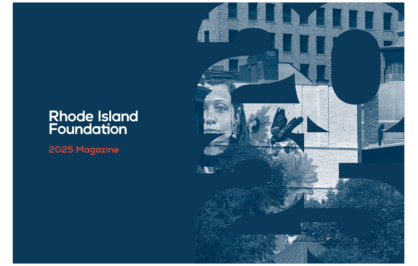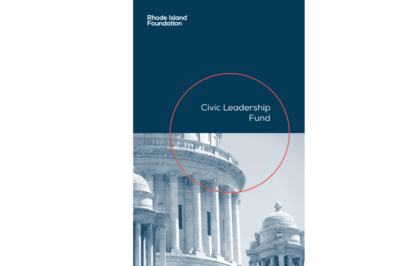
Publication
Housing Supply and Homelessness in Rhode Island
Rhode Island has a housing shortage that has led to unprecedented increases in rents and home prices. Homelessness grew in Rhode Island by nearly 50 percent from 2020 to 2022, according to the U.S. Department of Housing and Urban Development's "Point in Time" data. And, according to HousingWorks RI's 2022 Fact Book, people earning the state's median household income of $70,305 cannot affordably buy in any Rhode Island city or town. In only one town—Burrillville—are households with the median renter income of $38,339 able to afford the average 2-bedroom rent.
Governor Dan McKee, House Speaker K. Joseph Shekarchi and Senate President Dominick J. Ruggerio earmarked $250 million in federal American Rescue Plan Act funding for housing to help tackle these challenges.
As the state's community foundation, we've spent decades monitoring Rhode Island's housing emergency and supporting on-the-ground community organizations who are working to tackle it. As a proactive next step, the Foundation recently commissioned a study of Rhode Island’s housing environment by the Boston Consulting Group.
Under the guidance of a steering committee consisting of funding partners Blue Cross & Blue Shield of Rhode Island, the Partnership for Rhode Island, and Rhode Island LISC -- and with staff support from the United Way of Rhode Island -- the effort engaged a wide range of stakeholders, including key providers and leaders in the homelessness and housing sectors; around housing strategy, development, finance, and organizational design across the private, public, and social service sectors. The work was done in collaboration with, and in support of, the state Department of Housing.
Going forward, the Department of Housing will engage stakeholders further around the facts and options in the study and implement next steps in a transparent and accountable manner. In addition, the study will inform, but is separate from, the strategic plan the Department is developing.
The options and observations contained in Housing Supply and Homelessness in Rhode Island are the result of a significant effort to analyze data and to review best practices. The initiative's three priority areas were identifying short-term solutions and associated actions to meet the needs of unsheltered Rhode Islanders, catalyzing new housing production, and ensuring long-term organizational alignment and capacity within the state Department of Housing. This fact base will better enable policymakers and housing advocates to develop an immediate action plan on homelessness and to develop a strategy that will spur housing production across the state.
Now is the time to act.



